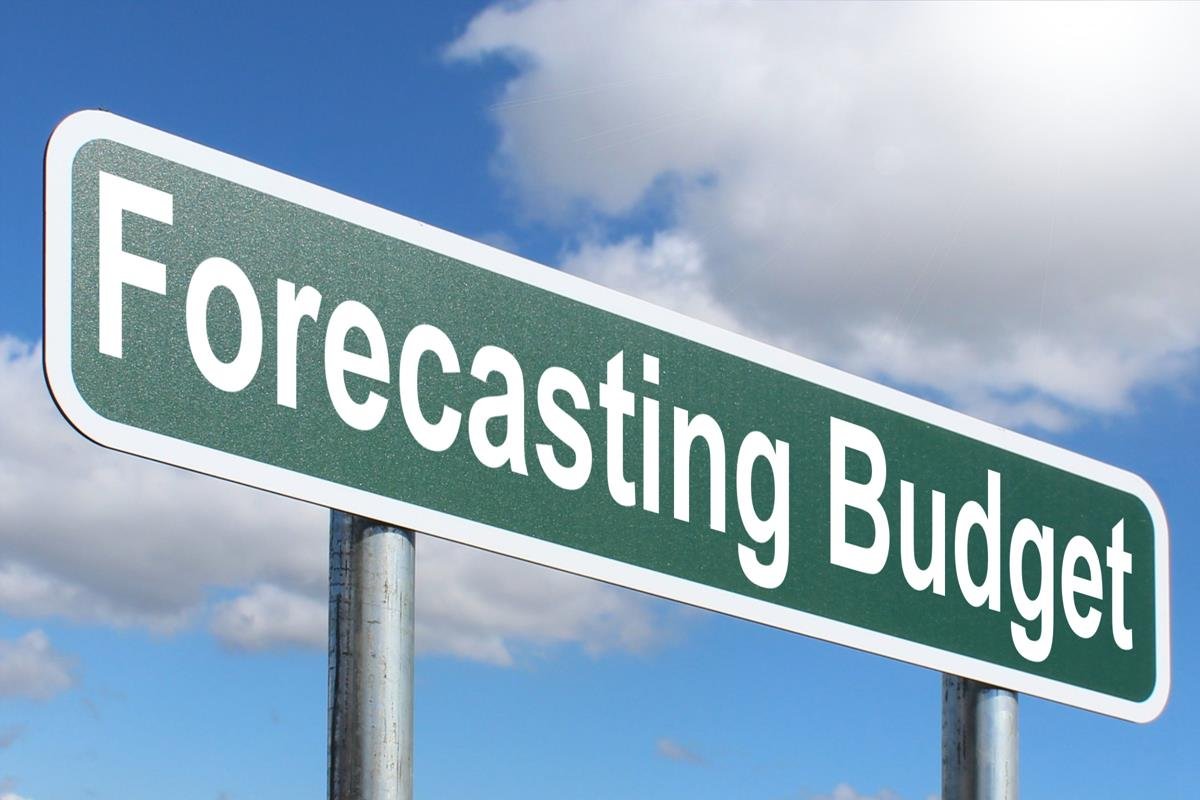Forecasting of demand or sales is a scientific exercise.
It involves a number of steps and at every step we have to make a number of considerations. Such considerations are given below:
1. Nature of Forecast: First of all, we must be clear about the use of forecast data – how it relates to forward planning by the firm and corporate planning. We have to select the type of forecasting short term or long term, active or passive, conditional or non-conditional depending upon its use.

2. Nature of Product: The next important point to be considered is the nature of the product for which we are trying to forecast the demand. We must carefully examine whether the product is a consumer good or a producer good, perishable or durable, final or intermediate demand, new demand or replacement demand type etc. For example, the demand for chemicals for the final product detergent is intermediate. To forecast the demand for chemicals, it is necessary to analyse the nature of demand for detergent. Take another example of consumer durable goods like radios, bicycles, TV sets, cars etc. Such demand has two components.
– New demand and replacement demand. When more and more people buy these items, the market gets saturated; new demand decreases and replacement demand increases. Perishable items like vegetables and fruits can be sold in a limited time. Here demand forecasting is done efficiently to avoid wastage. Daily need items that are bought frequently will require quick adjustments. All these factors are important in demand forecasting.
3. Determiner of demand: After identifying the nature of the product, the next task is to locate the determiners of the product demand. There are various determinants of demand such as self price, price of related items, self income, related income, advertising, price expectation etc. Sociological factors such as population size, age-structure, location of household units, gender-structure all these affect demand in different degrees. If more children will be born, demand for toys will also be higher; if more younger marriages the demand for furniture will be higher. We cannot ignore these factors while forecasting the factors of the voureter.
4. Analysis of Factors: Factors are also analysed important for demand forecast. For the purpose of analysis, factors are classified.
(a) trend factors, which affect long demand,
(b) cyclic factors whose impact on demand is periodic in nature,
(c) seasonal factors, which are comparatively more certain than cyclic factors because they have some regularity of the event; and
(d) random factors that cause unrest because they are irregular in nature. Analysis of factors is important depending on whether the demand that the demand to be predicted is consumer demand or the company demand, industry demand or total demand. For long-term demand forecast, trend factors are important but for short-term demand forecast, cyclic and seasonal factors are important.
5. Choosing technologies: It’s also a very important step. We have to choose one of the various technologies of demand forecasting special technology. Various technologies may be suitable to forecast the demand of different products. This depends on their nature. In some cases, it may be possible to use more than one technique.
However, the choice of technology should be logical and reasonable as the forecast most accuracy and relevance of data depends on this option. The election itself depends on many factors such as the degree of required accuracy, available time, cost budget size etc.
6. Testing accuracy: This is the final stage in demand forecast. There are various methods in a given forecast to test statistical accuracy. Some of them are simple and cheap while others are difficult and complicated. A test is required to avoid error and improve its validity with the purpose of making decisions.
